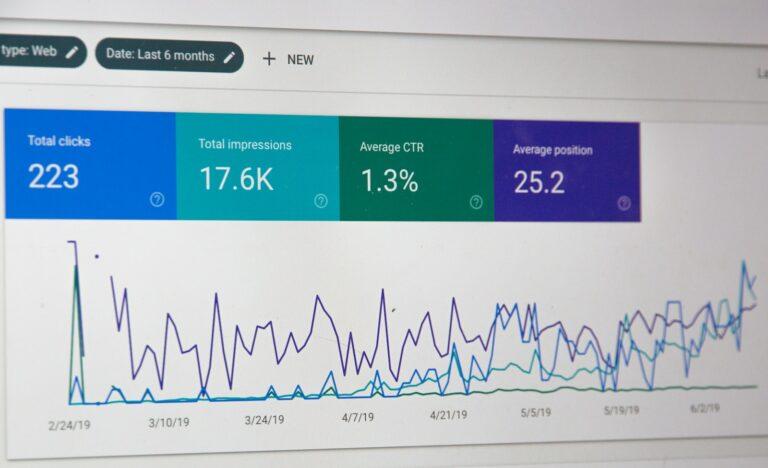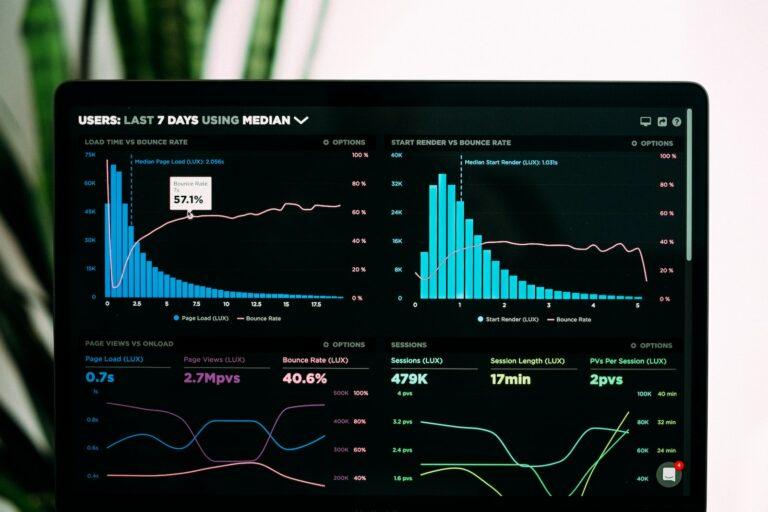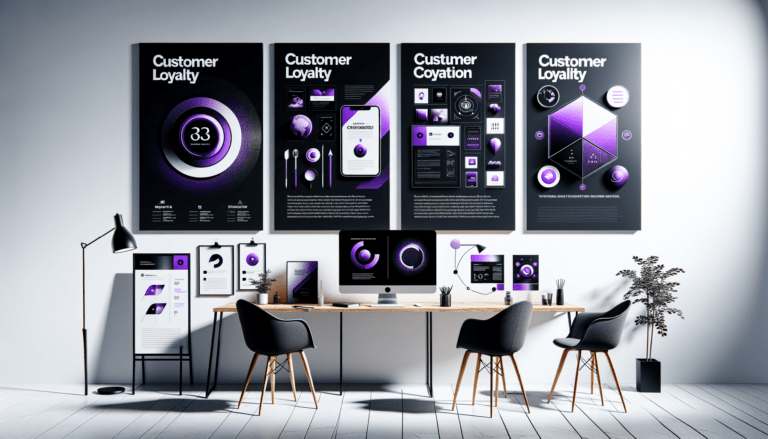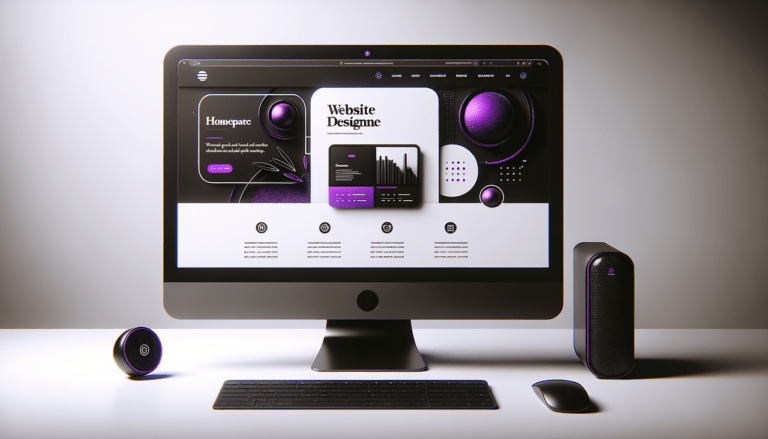
Table of Contents
Building a website is more than just designing an attractive layout and writing compelling content; it requires careful consideration of technical elements that are often overlooked.
These technical considerations can have a significant impact on the success of your website, from its overall performance and security to the accessibility of your content across all devices.
The correct implementation of technical elements can make a website faster, more secure, and more attractive to search engines, resulting in more visitors and increased revenue.
Understanding the importance of these technical considerations can help ensure that your website is built optimally and is successful in achieving its goals.

What are the technical considerations for building a website?
Technical considerations for building a website include user-centred design, responsive design and mobile optimization, SEO-friendly URLs and content optimization, image optimization and caching, website performance and security, security measures and best practices, and website monitoring and analytics. These technical considerations are essential for ensuring the success of your website.

User-Centered Website Design
User-centred design is the practice of designing web pages with a focus on the user experience. This involves taking into account the user’s needs and preferences and designing the website in a way that makes navigation easy and intuitive.
How often have you become frustrated because you cant find the thing your looking for on someone’s website? It can be super frustrating and lead to potential customers giving up and going elsewhere.
In addition, user-centred design should also ensure that the website is accessible to users with disabilities. This includes using accessible colour combinations, fonts, and formatting, and providing alternative text for images.

Responsive Website Design and Mobile Optimization
Responsive design is the practice of designing websites that are optimized for both desktop and mobile devices.
This involves ensuring that the layout, fonts, images, and other elements are optimized for different screen sizes and resolutions. Additionally, mobile optimization should also be considered, as mobile users may have a different experience than desktop users.
This includes optimizing page loading times, providing an easy-to-navigate mobile menu, and ensuring that the page is optimized for mobile devices.
Fortunately Google has a handy way to check your website with their page speed insights and using Google Seach Console

SEO-Friendly URLs and Content Optimization
Search engine optimization (SEO) is an essential component of any website. SEO-friendly URLs and content optimization can help ensure that your website is easily discoverable by search engines.
SEO-friendly URLs should be descriptive and include relevant keywords, and content should be optimized with relevant keywords, meta tags, and alt text.
Additionally, content should be written for both search engines and humans, as search engines prefer content that is both meaningful and easily digestible.

Image Optimization and Caching
Image optimization and caching are important technical considerations for building a website. Image optimization involves compressing images to reduce their file size, which can improve page loading times.
Caching is the process of storing webpages in the browser’s cache, which allows them to be quickly retrieved when requested. This can significantly improve page loading times, as the browser does not have to download the page again.

Use a Content Delivery Network (CDN)
A CDN is a network of servers that are used to deliver content to users based on their geographic location. Using a CDN can help to improve the speed and performance of your website by reducing the distance that data has to travel.
We love Cloudflare, its free and offers superb performance.

Website Performance and Security
Website performance and security are essential technical considerations for building a website.
Performance optimization involves ensuring that the website is optimized for speed and that page loading times are as fast as possible. This can include page caching and image optimization as mentioned above, using a minimal amount of plugins, and extensions, and minifying JavaScript, CSS and HTML code.
We test all our clients websites against GTMetrix to ensure the a as optimized as possible.
Security measures and best practices should be implemented to ensure that the website is secure and that user data is not compromised. This includes using secure protocols such as SSL and HTTPS, using strong passwords, and regularly updating software and plugins.
Additionally, best practices such as regular backups, malware scans, and penetration testing should also be implemented to ensure that the website is secure.

Website Monitoring and Analytics
Website monitoring and analytics are important for understanding how users are interacting with the website.
This includes tracking pageviews, bounce rates, time on site, and other metrics that can provide insight into how the website is performing.
Additionally, analytics can be used to track user behavior and identify areas that need improvement.
Conclusion
By following the steps outlined in this article your website design will have a much better chance of outperforming the competition, creating loyal happy customers, and ultimately generating more income for your your business.
Ready to take your Website to the next level?
Subscribe for more Useful Content
This publication contains general information only and Dream Engine is not, by means of this publication, rendering accounting, business, financial, investment, legal, tax, or any other professional advice or services. This publication is not a substitute for such professional advice or services, nor should you use it as a basis for any decision, action or omission that may affect you or your business. Before making any decision, taking any action or omitting an action that may affect you or your business, you should consult a qualified professional advisor. You acknowledge that Dream Enigne shall not be responsible for any loss sustained by you or any person who relies on this publication.



